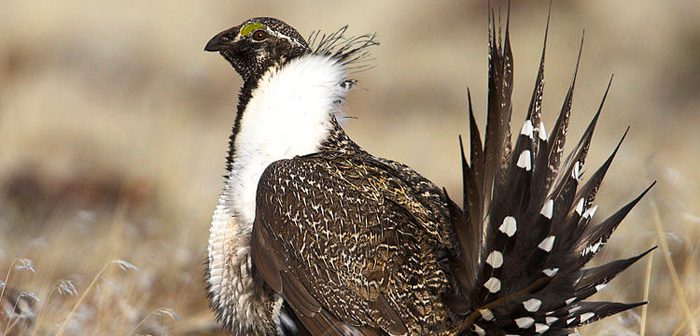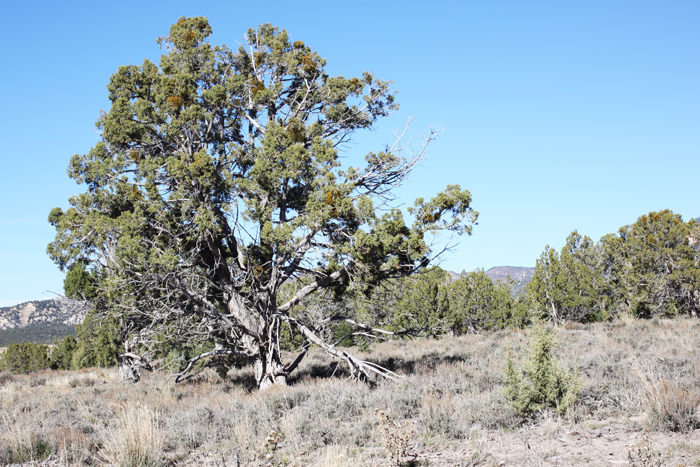The Department of the Interior and the Bureau of Land Management are conducting a three-year Review of the Federal Coal Program. Around 40 percent of U.S. coal is produced on public lands. These are the same lands which are the homes of wildlife, magnificent trees, and beautiful wilderness. Coal and other industrialization pollute and harm these lands and the wild animals and plants that live there.
The DOI and the BLM are accepting comments on the future use of public lands to produce coal. For the email address where you may send your comment, please see below. The deadline for comments is July 28, 2016. The following has been sent in as a comment. It is published here in two parts.
This is a comment on one coal mine and the effects it has on one county in southern Utah. You may want to look into whether there are coal mines or coal processing plants in the area in which you live. They are all toxic and all destructive to wildlife, to the health of ourselves and our pets, and to the natural world around us.
__
Part One
Thank you to the Department of the Interior and the Bureau of Land Management for the three-year moratorium on new coal mining on public lands, and for the opportunity to comment on the use of public lands for coal production.
The Alton Coal Mine – other impacts
About an hour north of where I live, in Kanab, Utah, is the Alton Coal Mine, built years ago on private land. For the past nine years, the BLM has been working on a proposal to lease 3,000 acres of adjacent public land to be used for open pit coal mining.
While there is nothing we can do about coal mining on private land, we who live in this area have watched for years the destruction that has already taken place to the surrounding eco-system, and we fear the threat of far greater and more devastating damage to nearby public lands if they were to be opened up to coal mining, as is being proposed.
When I drive up to the Alton area, I watch coal trucks that, even when they are empty, spew clouds of dust behind them destroying the roadside vegetation and the habitat of wild birds and animals.
A tributary of Kanab Creek has already been re-located by the mine and has been polluted with coal dust. Kanab Creek provides the drinking water for the city of Kanab. New expansion of coal on to public lands would further contaminate Kanab Creek, which is also the main source of water for wildlife.
The fate of sage grouse and native trees
A “lek,” or breeding ground, of the severely threatened sage grouse lies at the exact location of planned new coal expansion onto BLM land.
Although the sage grouse species should have been listed for protection under the Endangered Species Act, it was not. Instead, an impractical plan has been agreed to by eleven western states to “manage” sage grouse habitat. This plan involves allowing key, essential sage grouse habitat to be taken over by coal strip-mining and other industrialization, while at the same time attempting to design new habitat, which, it is hoped, any sage grouse that survive may move on to.
This new habitat is being created by having machines crunch up miles and miles of beautiful native pinion and juniper trees, leaving the dead remains of the trees littering the ground, so that it is impossible even for a human to walk over them. It is hard to imagine the sage grouse doing their beautiful mating dance on top of broken, splintered trees. In some cases, non-native grasses have been planted at these sites, which is ecologically inappropriate.
There is no proof that the sage grouse will move onto these miles and miles of destroyed trees, which do not in any way resemble sage grouse habitat. In the meantime, the habitat of all the native species who used to live there – the coyotes, the deer, the elk, the rabbits, the beavers, foxes, cougars, bobcats, and the many small mammal and avian species – has been eradicated. And what is left behind is a land of desolation. This is wrong on many counts.
Climate impacts
Dead trees do not emit life-giving oxygen; instead, as they decay, they emit carbon dioxide. This pollution, when added to the sum total of the pollution given off by the new coal mining itself, is a significant addition to green house gases – which surely is not the direction we wish to go in.
Eradicating pristine natural habitat to make way for coal mining, which takes away the habitat of an already threatened species, the sage grouse, then trying to make up for this destruction by getting rid of even more habitat and displacing even more wildlife, does not make sense.
To submit your own comment:
Email: BLM_WO_Coal_Program_PEIS_Comments@blm.gov
Or send in this message, which you may personalize, on the WildEarth Guardians website:
https://secure3.convio.net/wg/site/Advocacy?cmd=display&page=UserAction&id=830#.V4IFpcf0s1g
Thank you!
__
Photos:
Featured photo: Pacific Southwest Region U.S. Fish and Wildlife Service / Wikimedia Commons / This file is licensed under the Creative Commons Attribution 2.0 Generic license. / A male Greater Sage Grouse.
Second photo: Sharon St Joan / A stream running alongside the Alton Coal Mine.
Third photo: Sharon St Joan / Juniper trees near the Alton Coal Mine







